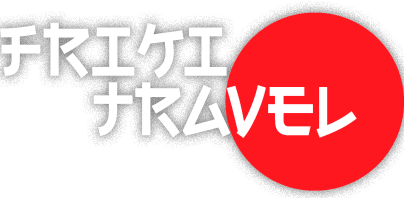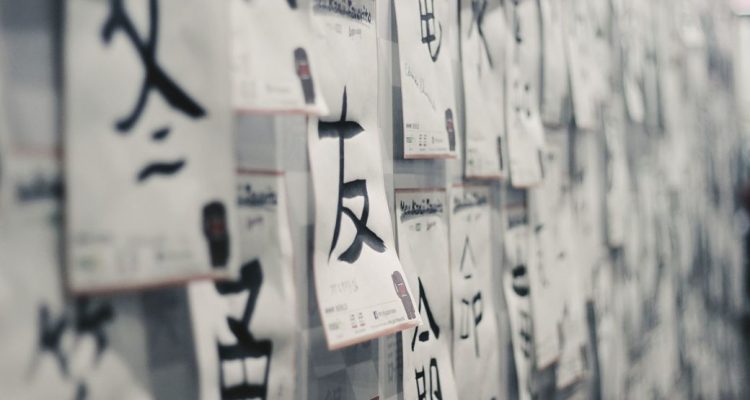Japan travel packages
If you have already purchased your travel packages to Japan, you should know that when the Japanese began to write, they were highly influenced by Chinese culture. Kanji are one of the three Japanese writing systems together with the hiragana and katakana syllabaries, for which there are general rules when combining them, as they have different functions.
These Chinese characters came to Japan on official stamps, letters, coins, and other decorative items that were imported from China. The most prominent and oldest example was the Golden Ill of the King of Na, bestowed by the Emperor of Han Guangwu, despite this, the Japanese of the time had no understanding of the sequence of instructions and would remain illiterate until the 5th century AD
Lo kanjis se utilizan generalmente para expresar palabras o conceptos, se usa como determinante de la raíz de la palabra, las derivaciones, conjunciones y accidentes se expresan mediante el kana. Así pues, conviven tanto el sistema de escritura autóctono y el sistema importado.
How do you read a kanji?
A kanji can have different pronunciations, or “readings”, depending on the context, use in combination, and its location in the sentence. These readings are categorized depending on whether they come from the original Chinese, on’yomi (音読み?) or if they were adapted to the native language kun’yomi (訓読み?).
Most kanji have two readings, one kun’yomi and one on’yomi, with their Western phonetic alterations, but some (many of them in everyday use) have ten or more possible readings.
Likewise, the way in which a kanji is read in Japan is determined by the context as well as two general rules, although there are many exceptions:
A word with only one kanji or followed by okurigana is read as kun’yomi. Such is the case of verbs; for example, ‘to see’ (見る miru?), has an okurigana that gives it Japanese reading. As exceptions, some verbs stand out that, even when combined with the hiragana suru or jiru, retain their pronunciation on yomi: ‘to be born’ (生じる shoujiru?), ‘to need’ (要する yousuru?)
A succession of kanji in a word usually gives an on’yomi reading. Taking the same from the previous example, ‘see’ (見る miru?), which when used in combination with another, can be read ‘ken’, as in ‘opinion’ / ‘point of view’ (意見 iken?).
This rule also has exceptions, words that although represented by a combination of kanji, have a kun’yomi reading. For example, ‘letter’ (手紙 tegami?).
The specialized portal Japonko.com points out that for Westerners who travel to Japan all-inclusive, this writing system seems crazy and excessively complex. In a certain sense it is, since knowing its pronunciation depends solely on the memorization capacity of an individual, but in another sense it is very simple and intuitive.
For example, when writing compound words like ‘hypertension’, in Japanese we would write ‘高血圧’ (high + blood + tension). Therefore, there are many occasions in which even if the exact pronunciation of a kanji is not known (especially in Japanese, where the sinograms can have several readings) we can understand what it refers to if we know its meaning.
How many kanji are there?
Knowing the exact number of kanji that exist is practically impossible, but it is estimated that there are around 80 thousand. Obviously, no one is capable of memorizing that many characters and their different pronunciations, so a list of 2,136 most commonly used kanji has been established.
The Jōyō Kanji (常用漢字), which are the ones usually used in the press and literature. If a kanji is used outside of this list, its proper reading written in hiragana or katakana is usually included next to it. This little help is called a furigana. Although there are 2,136 JōyōKanji, the average Japanese knows about 3,000.
It seems impossible to learn to read so many different symbols, but Japan is one of the countries with the lowest illiteracy rate in the world. This is due to the fact that in this nation, great importance is given to writing and it begins to be studied from a very early age. Once children have learned to read the hiragana and katakana syllabaries, they are introduced to kanji. After finishing primary school, a Japanese child knows and can interpret milkanji.
Here, the kanji 見 is followed by hiragana, so it is read with its Japanese reading, ‘mi’. However, the same kanji in the word ‘opinion’ or ‘point of view’ (意見, iken) is read with its Chinese reading ‘ken’, since it is accompanied by another.
Other Japanese alphabets
As we have said, there are things you should know before traveling to Japan. In ancient times, Japanese was a language that was only spoken, since there was no writing system. This came at the time when Japan and China had their first approaches, dialogues and commercial exchanges. The Chinese taught their letters to Japanese scribes through seals and letters.
Years later, the language of the Japanese began to be written in letters, later, modifications were made. The Japanese have an important creative ability, which is why they created the kanjis and the other two syllabaries that are currently used as a whole.
It is important to mention that all the kanjis were created based on drawings where each line conveys a meaning and has its reason for being. A supreme goodness of the kanjis is that they have the characteristic of encompassing a whole meaning in “a single image” since they summarize and shorten the texts. In the longest words you can save approximately five characters or more.
The Japanese say that without the invention of kanji, reading would be a true visual massacre, since hiragana with all its diphthongs has approximately 126 characters. For its part, the katakana has around 135 characters, also with their diphthongs.
Another important characteristic about these symbols is that they provide spaces, which can be translated as breaks in sight, its importance lies in the fact that in the Japanese language it is not written with spaces. The spaces provide implicit balances or balances, since the visual rest they provide creates the non-need for them.
The other alphabets; Hiragana and Katakana
The Hiragana places its birth in the Edo period that runs from 1603-1868, several centuries ago, even before the cultural isolation that Japan carried out. This alphabet is made up of 46 symbols, only knowing this alphabet perfectly, it would be possible to write any word in Japanese, although it would be difficult to understand due to the large number of words that are pronounced in a similar way and the absence of spaces, as I mentioned in previous paragraphs. .
Katakana has almost the same characteristics as hiragana, this alphabet is used almost exclusively to phonetically transcribe words of foreign origin. In addition, the use of this albafeto is useful to graphically express onomatopoeia, present letters in bold, underlined or italics, as well as put quotation marks.


